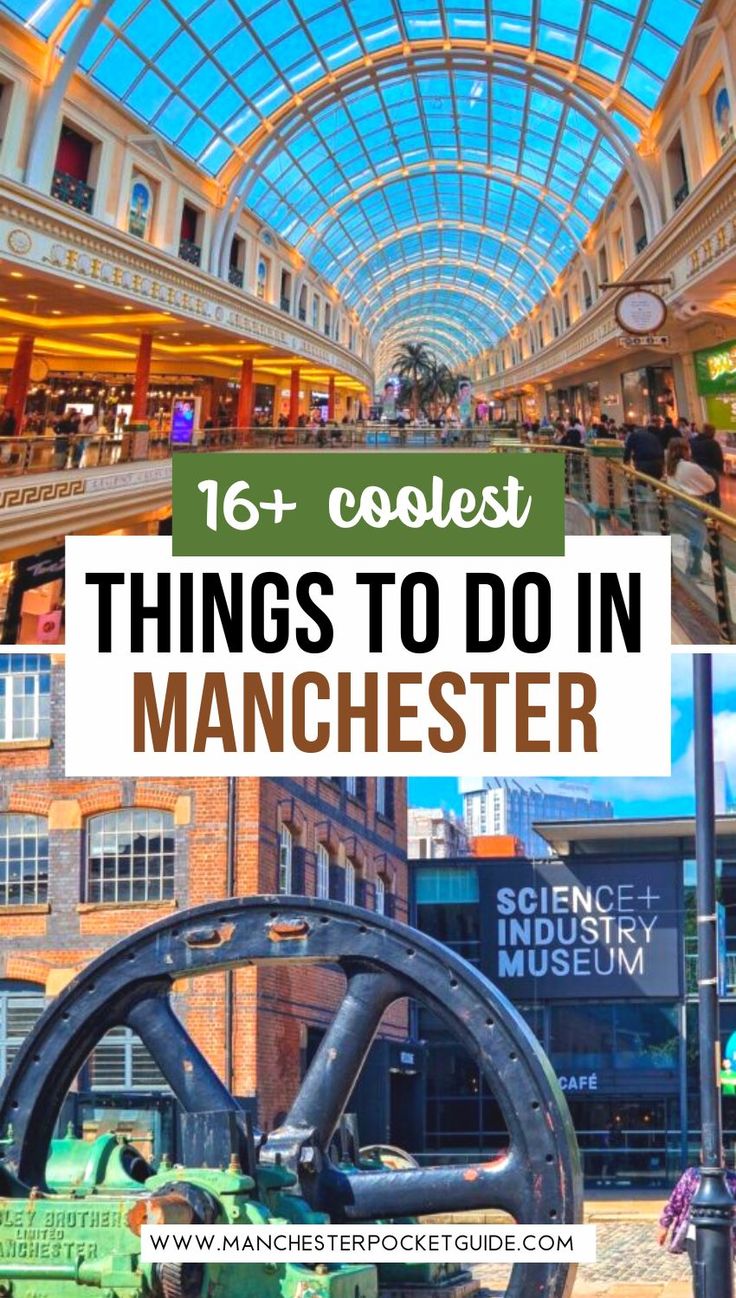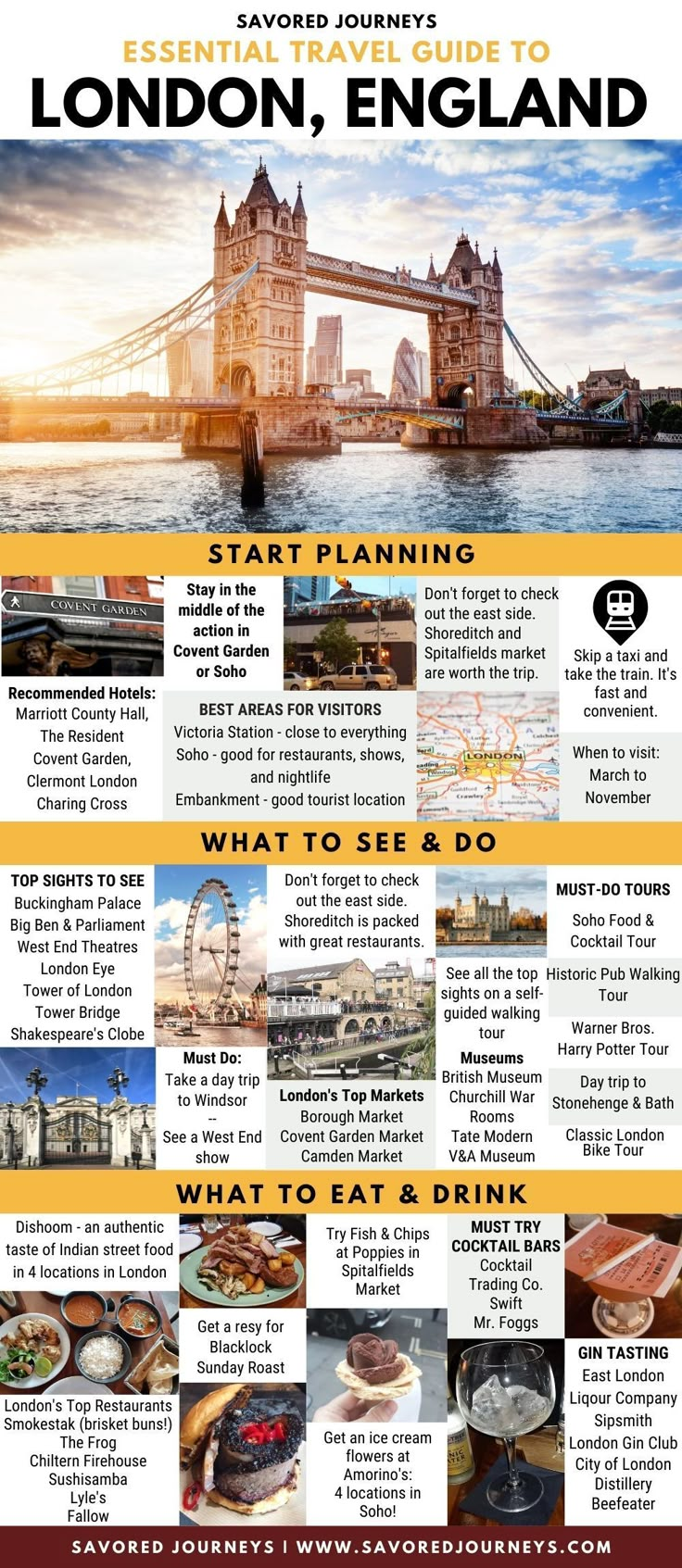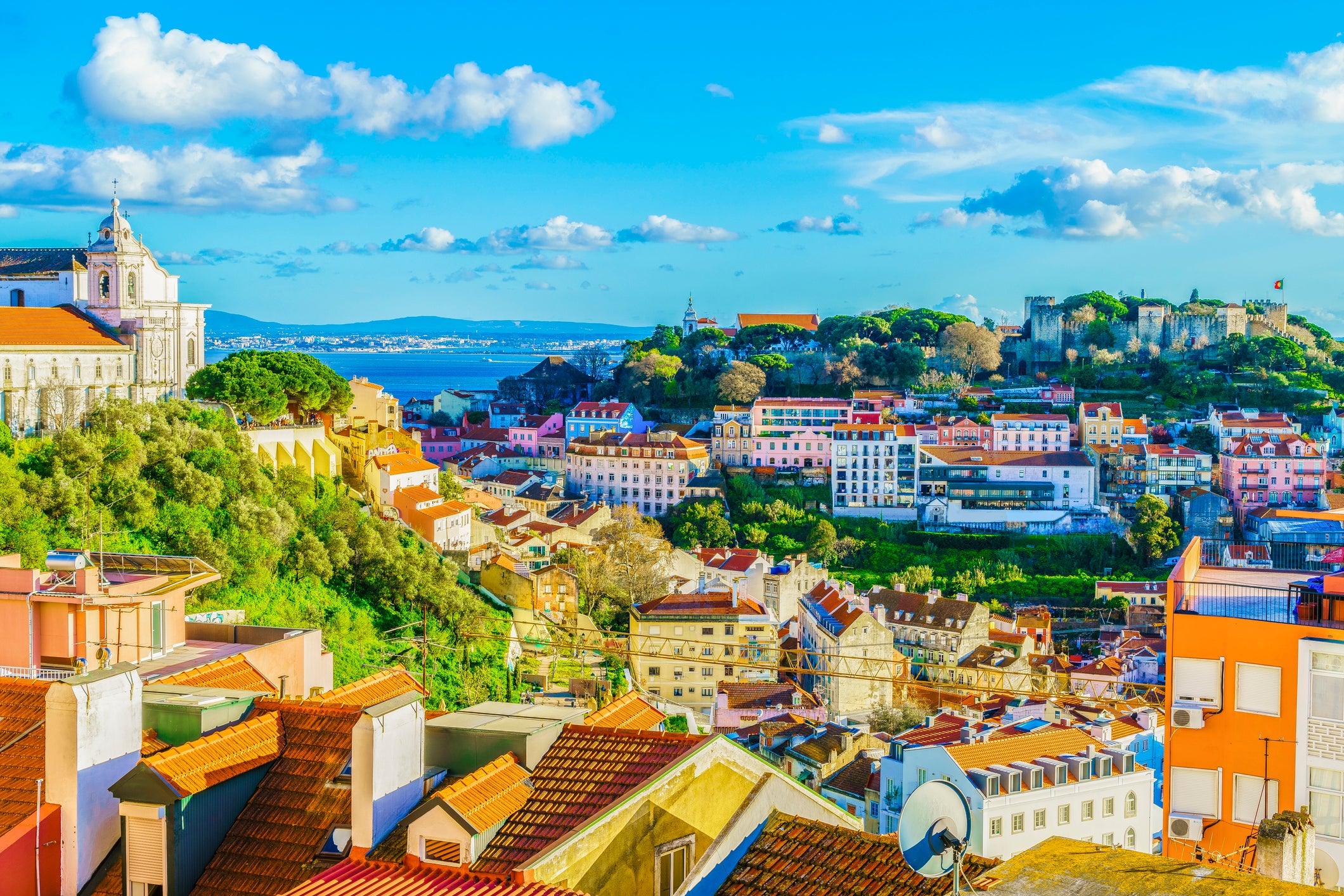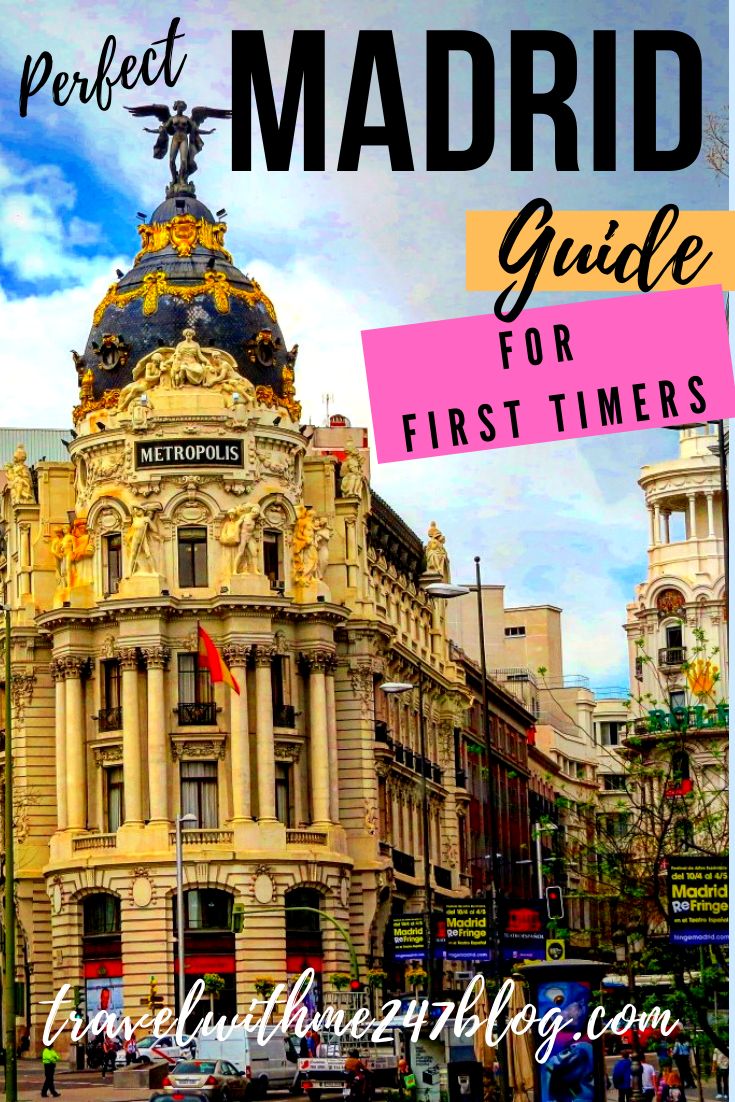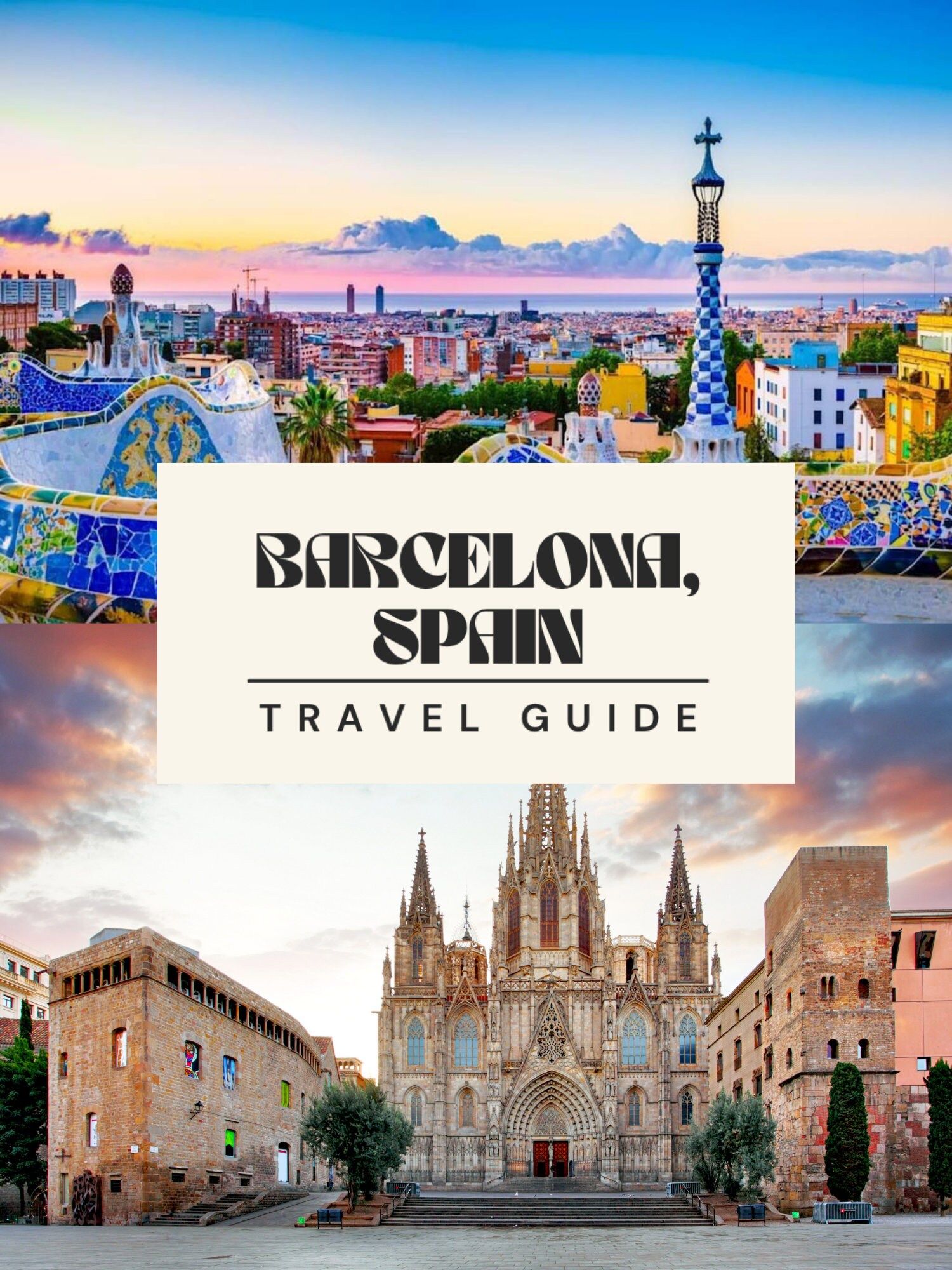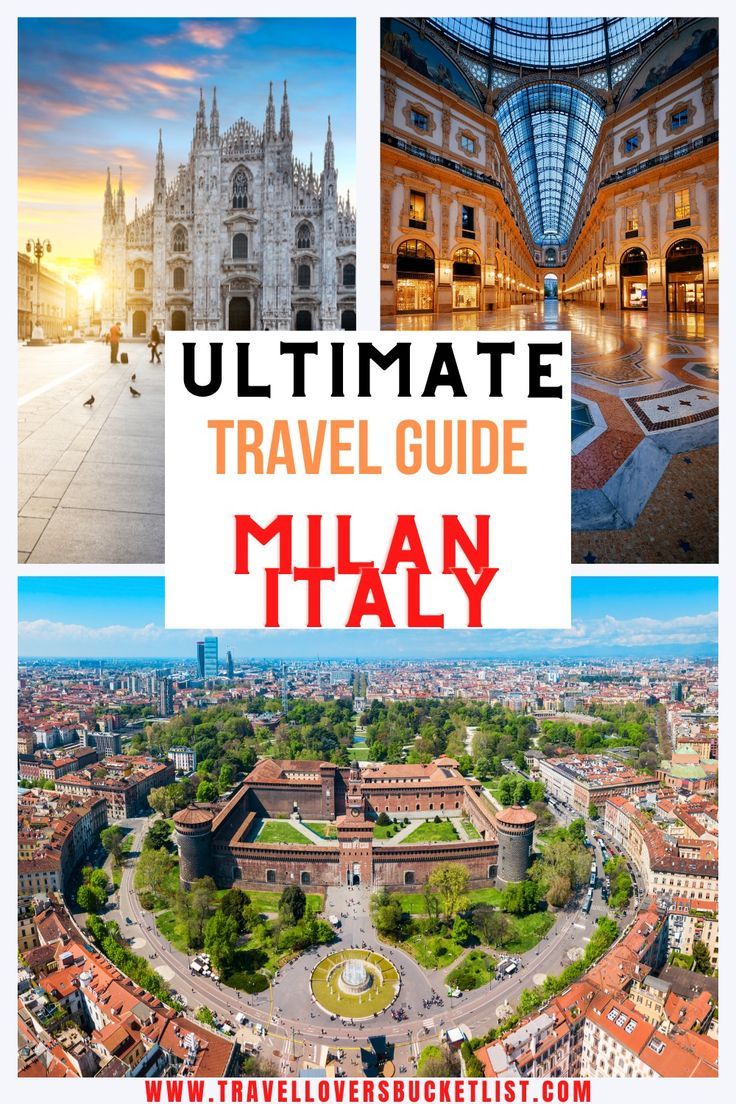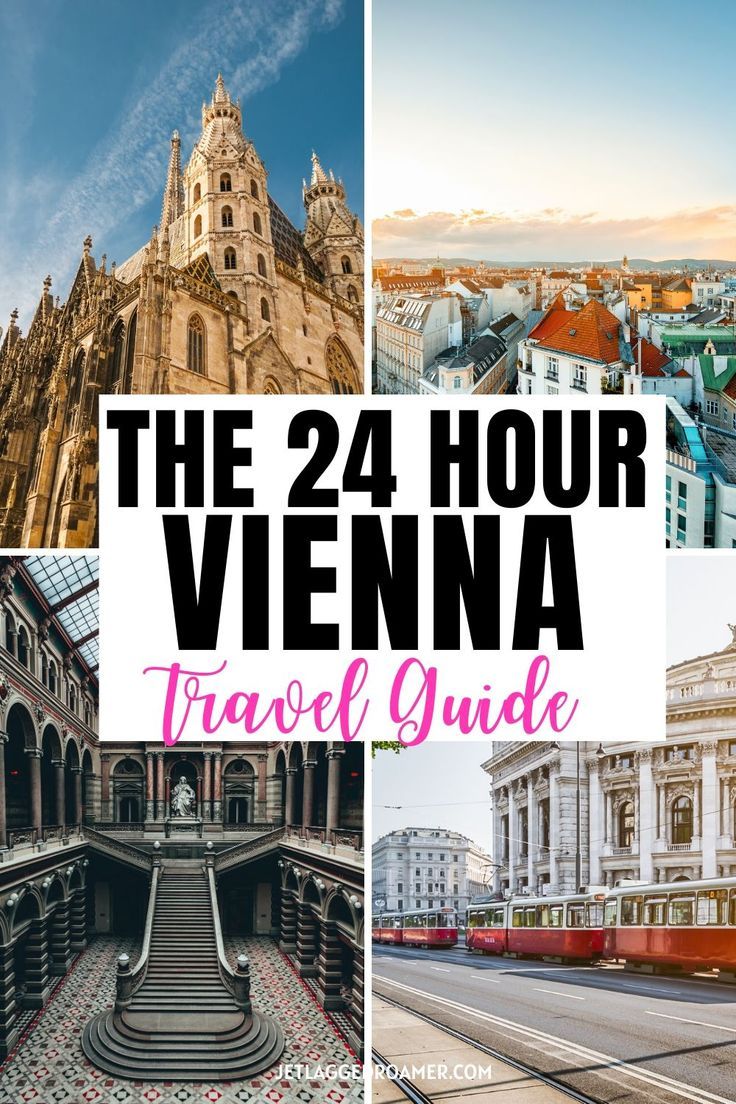
Vienna, the magnificent capital of Austria, is a city that effortlessly blends imperial grandeur with a vibrant contemporary pulse. From the opulent palaces of the Habsburgs to the intimate charm of its traditional coffee houses, Vienna offers an unparalleled travel experience steeped in history, art, and an enviable quality of life. This guide will take you on a journey through its storied past, unveil its most captivating attractions, offer practical travel wisdom, and immerse you in the local flavors that define this extraordinary European gem.
A Tapestry of Time: Vienna’s Rich History
Vienna’s story is a sweeping epic, stretching back to Roman times when it was known as Vindobona, a military camp guarding the empire’s frontier. However, its true ascendancy began with the arrival of the Habsburg dynasty in the 13th century. For over six centuries, Vienna served as the heart of one of Europe’s most powerful empires, shaping its political, cultural, and artistic landscape.
Related Articles about Vienna: A Grand Tour Through Imperial Splendor, Artistic Genius, and Coffee Culture:
- The Ultimate Guide to Munich: Bavaria’s Heartbeat of Tradition and Modernity
- The Windy City Beckons: Your Comprehensive Travel Guide to Chicago
- Saudi Arabia: A Tapestry of Ancient Wonders and Modern Aspirations – Your Comprehensive Travel Guide
- Laos: The Land of a Million Elephants and Tranquil Charm
- Germany: A Tapestry of History, Culture, and Breathtaking Beauty
The Habsburgs transformed Vienna into a dazzling imperial capital, commissioning magnificent palaces, grand boulevards, and elaborate churches that still define its architectural character today. The city flourished as a center of arts and sciences, attracting brilliant minds like Wolfgang Amadeus Mozart, Ludwig van Beethoven, Johann Strauss, and Sigmund Freud. This was the era of the Wiener Moderne, where groundbreaking advancements in music, psychoanalysis, and art (Gustav Klimt, Egon Schiele) reverberated across the globe.
The fall of the Austro-Hungarian Empire after World War I brought an end to the imperial age, but Vienna’s cultural legacy endured. Despite the ravages of World War II and the subsequent Soviet occupation, the city meticulously rebuilt itself, preserving its historical integrity while embracing modernity. Today, Vienna stands as a beacon of European culture, a major international hub, and consistently ranks among the world’s most livable cities, a testament to its resilience and enduring charm. Walking its streets is like stepping into a living museum, where every corner whispers tales of emperors, artists, and revolutionaries.
Imperial Grandeur & Artistic Splendor: Main Attractions
Vienna’s attractions are a testament to its rich history and cultural vibrancy, offering an astonishing array of experiences for every visitor.
-
Schönbrunn Palace: A UNESCO World Heritage site, Schönbrunn was the principal summer residence of the Habsburg emperors. This colossal Baroque palace boasts over 1,441 rooms, stunning gardens, and a glorious Gloriette offering panoramic views of the city. Don’t miss the Imperial Apartments, the Carriage Museum, and the world’s oldest zoo, Tiergarten Schönbrunn, located within its grounds. Allow at least half a day to fully explore this masterpiece.
-
Hofburg Palace: Located in the city center, the Hofburg was the imperial winter residence and the seat of the Habsburgs for centuries. This sprawling complex houses multiple attractions: the Imperial Apartments (offering a glimpse into royal life), the Sisi Museum (dedicated to the enigmatic Empress Elisabeth), the Silver Collection (showcasing imperial dining ware), and the Spanish Riding School (where the famous Lipizzaner horses perform classical dressage). The Hofburg also includes the National Library, the Treasury, and various museums.
-
St. Stephen’s Cathedral (Stephansdom): A magnificent Gothic masterpiece and Vienna’s most iconic landmark. Its towering South Tower (Steffl) offers breathtaking views after a challenging climb, while the North Tower houses the Pummerin bell. Explore the ornate interior, the catacombs beneath, and marvel at its unique tiled roof.
-
Belvedere Palace: Comprising two beautiful Baroque palaces (Upper and Lower Belvedere) and extensive gardens, the Belvedere is home to the world’s largest collection of Austrian art, including Gustav Klimt’s iconic "The Kiss." The Upper Belvedere focuses on Klimt and Austrian Symbolism, while the Lower Belvedere hosts temporary exhibitions.
-
MuseumsQuartier (MQ): One of the largest cultural complexes in the world, the MQ seamlessly blends Baroque architecture with modern design. It houses renowned museums like the Leopold Museum (featuring Egon Schiele and Gustav Klimt), the Mumok (Museum of Modern Art Ludwig Foundation Vienna), and the Kunsthalle Wien. Beyond museums, it’s a vibrant hub with cafes, restaurants, shops, and a lively atmosphere, especially in summer.
-
Vienna State Opera (Wiener Staatsoper): One of the world’s leading opera houses, both for its architecture and its prestigious performances. Even if you don’t attend a show, take a guided tour to admire its opulent interiors. Standing tickets are often available for a more budget-friendly experience.
-
Prater Amusement Park: Home to the iconic Wiener Riesenrad (Giant Ferris Wheel), a symbol of Vienna. The Prater offers classic amusement park rides, nostalgic attractions, and vast green spaces perfect for a leisurely stroll.
-
Naschmarkt: Vienna’s most famous market, stretching over 1.5 kilometers. Here you’ll find an incredible array of fresh produce, international delicacies, spices, and an eclectic mix of small restaurants and food stalls offering everything from Viennese classics to Vietnamese pho. It’s a feast for the senses.
-
Kunsthistorisches Museum (Museum of Art History) & Naturhistorisches Museum (Natural History Museum): These twin museums, facing each other across Maria-Theresien-Platz, are architectural marvels in themselves. The Kunsthistorisches Museum houses an unparalleled collection of old masters (Rubens, Rembrandt, Bruegel, Raphael, Velázquez), while the Naturhistorisches Museum boasts a vast collection of natural wonders, including dinosaurs and meteorites.
-
Hundertwasserhaus: A unique and unconventional apartment building designed by artist Friedensreich Hundertwasser. Its vibrant colors, irregular lines, and integrated greenery make it a whimsical and fascinating architectural landmark.
Savoring Vienna: A Culinary Journey
Viennese cuisine is a delightful blend of hearty comfort food, refined imperial dishes, and world-famous pastries. The city’s culinary scene is deeply intertwined with its history, reflecting influences from across the former Austro-Hungarian Empire.
- Wiener Schnitzel: The undisputed king of Viennese cuisine. This thin, breaded, and pan-fried veal cutlet is a must-try. Always served with a lemon wedge and often with potato salad or lingonberry jam.
- Tafelspitz: Boiled beef in broth, traditionally served with apple horseradish and chive sauce. A sophisticated and comforting dish that was a favorite of Emperor Franz Joseph I.
- Goulash: A hearty stew, often beef, seasoned with paprika, reflecting Hungarian influence. Viennese goulash is typically milder than its Hungarian counterpart.
- Sachertorte: Vienna’s most famous dessert, a dense chocolate cake with a thin layer of apricot jam, covered in dark chocolate icing. Best enjoyed with a dollop of unsweetened whipped cream. The Hotel Sacher claims the original recipe, but many cafes offer excellent versions.
- Apfelstrudel: A classic apple strudel, with thin layers of pastry wrapped around a filling of spiced apples, raisins, and breadcrumbs. Delicious warm, often with vanilla sauce or ice cream.
- Kaiserschmarrn: A fluffy, shredded pancake, caramelized and served with fruit compote (often plum or apple sauce). A delicious and filling sweet main course or dessert.
- Coffee House Culture: No visit to Vienna is complete without experiencing its legendary coffee houses (Kaffeehäuser), which are UNESCO Intangible Cultural Heritage sites. These elegant establishments are more than just cafes; they are institutions where people read newspapers, discuss philosophy, play chess, and linger for hours over a single cup.
- Melange: The Viennese equivalent of a cappuccino.
- Einspänner: Strong black coffee topped with whipped cream.
- Fiaker: Black coffee with rum and whipped cream.
- Pair your coffee with a Gugelhupf (ring cake), Topfenstrudel (curd cheese strudel), or various other pastries.
- Recommended Coffee Houses: Café Central, Demel, Café Sacher, Café Landtmann, Café Sperl.
- Heuriger: Experience traditional Viennese wine culture at a Heuriger (wine tavern) on the outskirts of the city (e.g., Grinzing, Nussdorf). These rustic taverns serve young local wines, often alongside simple, cold buffets of local cheeses, meats, and spreads. It’s a wonderfully authentic and convivial experience, especially in warmer months.
Navigating the City: Transportation Options
Vienna boasts an exceptionally efficient, clean, and user-friendly public transportation system, making it easy to explore without a car.
- U-Bahn (Subway): The fastest way to get around, with five main lines (U1, U2, U3, U4, U6) covering most major attractions and neighborhoods. Trains are frequent and reliable.
- Tram (Strassenbahn): Vienna’s tram network is one of the most extensive in the world. Trams offer a scenic way to travel, particularly the Ring Tram (a special tourist tram that circles the Ringstrasse, showcasing its grand buildings). Regular trams are also excellent for shorter distances and connecting to the U-Bahn.
- Bus: An extensive bus network complements the U-Bahn and tram, reaching areas not covered by rail. Night buses operate after the U-Bahn closes.
- S-Bahn (Commuter Rail): Primarily used for suburban travel and connecting to the airport, the S-Bahn runs alongside the U-Bahn and tram network.
- Walking: Many of Vienna’s central attractions are within easy walking distance of each other, especially within the Innere Stadt (First District). This is often the best way to soak in the atmosphere and discover hidden gems.
- Tickets & Passes:
- Single Tickets: Valid for one journey in one direction, including transfers.
- 24/48/72-hour Tickets: Excellent value for tourists planning to use public transport frequently.
- Weekly Pass (Wochenkarte): Valid from Monday to Sunday, a great option if your visit aligns with these days.
- Vienna City Card: Offers unlimited public transport for 24, 48, or 72 hours, plus discounts on attractions, museums, and shops. Calculate if the discounts outweigh the cost of a regular transport pass.
- Tickets can be purchased at U-Bahn stations (machines), tobacconists (Tabak Trafik), and online. Validate your ticket before your first journey.
- Airport Transportation (VIE – Vienna International Airport):
- City Airport Train (CAT): Non-stop service to Wien Mitte station in 16 minutes. More expensive but faster.
- S-Bahn (S7): Cheaper and slightly slower (25 minutes) to Wien Mitte and Praterstern, with more stops.
- Airport Bus: Connects to various city locations, including Westbahnhof and Hauptbahnhof.
Planning Your Visit: Best Time to Go
Vienna is a year-round destination, but each season offers a distinct charm.
- Spring (April-May): Pleasant temperatures, blossoming gardens (Schönbrunn!), and fewer crowds than summer. Ideal for sightseeing and outdoor activities. Average temperatures: 10-18°C (50-65°F).
- Summer (June-August): Warm and sunny, perfect for outdoor cafes, festivals (e.g., Donauinselfest, Film Festival at Rathausplatz), and enjoying the Prater. This is peak tourist season, so expect larger crowds and higher prices. Average temperatures: 20-28°C (68-82°F).
- Autumn (September-October): Crisp air, beautiful fall foliage, especially in the vineyards and parks. Excellent for visiting Heurigers and museums. Crowds thin out after September. Average temperatures: 12-20°C (54-68°F).
- Winter (November-March): Magical, especially during the Christmas season (late November to December) with enchanting Christmas markets and festive lights. Ideal for opera, classical concerts, and cozy coffee house visits. January and February can be cold and grey. Average temperatures: 0-5°C (32-41°F).
Recommendation: For a balance of good weather and manageable crowds, late spring (May) or early autumn (September-October) are often considered the best times to visit. If you love festive atmospheres and don’t mind the cold, the Christmas market season is truly special.
Smart Travel: Essential Tips for Visitors
- Comfortable Shoes: Vienna is a city best explored on foot. You’ll be doing a lot of walking, often on cobblestones.
- Learn Basic German Phrases: While English is widely spoken in tourist areas, a few German phrases like "Grüß Gott" (Hello, used in Austria), "Danke" (Thank you), "Bitte" (Please/You’re welcome), and "Entschuldigung" (Excuse me) will be appreciated.
- Tipping Etiquette: Tipping is customary in restaurants and cafes. A general rule is to round up the bill or add 5-10% if service was good. For taxi drivers, round up.
- Stay Hydrated: Vienna’s tap water is excellent and safe to drink. Carry a reusable bottle.
- Cash vs. Card: Credit cards are widely accepted, especially in larger establishments, but it’s always good to carry some cash for smaller cafes, market stalls, or certain Heurigers.
- Museum Passes/Vienna City Card: Consider purchasing the Vienna Pass (for attractions) or the Vienna City Card (for transport + discounts) if you plan extensive sightseeing. Calculate if it saves you money based on your itinerary.
- Book in Advance: For popular attractions (Schönbrunn, Spanish Riding School, State Opera) and high-demand hotels, especially during peak season, booking tickets and accommodation online well in advance is highly recommended.
- Opening Hours: Many shops and some smaller museums are closed on Sundays. Plan your itinerary accordingly.
- Safety: Vienna is a very safe city, but as with any major urban area, be mindful of your belongings in crowded tourist spots.
- Enjoy the Coffee Culture: Don’t rush your coffee. Sit back, relax, read a newspaper, and soak in the atmosphere – it’s an integral part of the Viennese experience.
Where to Rest Your Head: Nearby Hotels
Vienna offers a wide range of accommodation, from luxurious imperial hotels to stylish boutique stays and budget-friendly hostels. Here are some options catering to different preferences and budgets, often located centrally or with excellent transport links.
Luxury (Innere Stadt – First District):
- Hotel Sacher Wien: The epitome of Viennese luxury, famous for the original Sachertorte, located opposite the State Opera.
- Hotel Imperial, a Luxury Collection Hotel, Vienna: Housed in a former palace, offering unparalleled elegance and service on the Ringstrasse.
- Grand Hotel Wien: Another historic, opulent hotel on the Ringstrasse, close to the opera and Kärntner Straße.
Mid-Range (Innere Stadt, Leopoldstadt, Mariahilf, Neubau):
- Hotel Rathauspark, a member of Radisson Individuals: Beautifully located near the Rathaus, offering elegant rooms and good service.
- Ruby Lissi Hotel Vienna: A stylish, modern hotel in the city center (Leopoldstadt), known for its minimalist design and efficient service.
- 25hours Hotel at MuseumsQuartier: Trendy, vibrant, and uniquely designed hotel close to the MQ, popular with a younger crowd. Offers great views from its rooftop bar.
- Hotel Schani Wien: Located near Hauptbahnhof (main train station), excellent for arrivals/departures, modern and comfortable with good transport links.
Budget-Friendly & Boutique (Leopoldstadt, Mariahilf, Neubau, Wieden):
- Wombat’s City Hostels Vienna (Naschmarkt or The Lounge): Consistently rated among the best hostels, offering clean private rooms and dorms, great communal areas, and central locations.
- Hotel Daniel Vienna: A "smart luxury" hotel near Belvedere Palace, known for its industrial-chic design, urban garden, and comfortable rooms at a reasonable price point.
- Boutiquehotel Stadthalle: One of the world’s first zero-energy balance hotels, focusing on sustainability. Located a bit further out but well-connected by tram, offering a unique eco-friendly stay.
- Motel One (various locations like Hauptbahnhof, Westbahnhof, Prater): Reliable and stylish budget chain, offering clean, modern rooms at competitive prices, always well-located near public transport.
When choosing, consider your priorities: proximity to specific attractions, access to public transport, and the overall vibe you’re seeking. The Innere Stadt is perfect for being in the heart of the action, while districts like Neubau and Mariahilf offer a more local, bohemian feel with excellent shopping and dining.
Conclusion
Vienna is more than just a city; it’s an experience that captivates the senses and enriches the soul. From the grandeur of its imperial past to the intellectual buzz of its coffee houses and the vibrant energy of its contemporary art scene, Vienna offers a journey through time and culture that few other cities can match. Whether you’re a history buff, an art aficionado, a music lover, or simply seeking to indulge in exquisite culinary delights, Vienna promises an unforgettable adventure. Pack your bags, put on your most comfortable walking shoes, and prepare to be enchanted by the timeless elegance and sophisticated charm of this magnificent capital.



